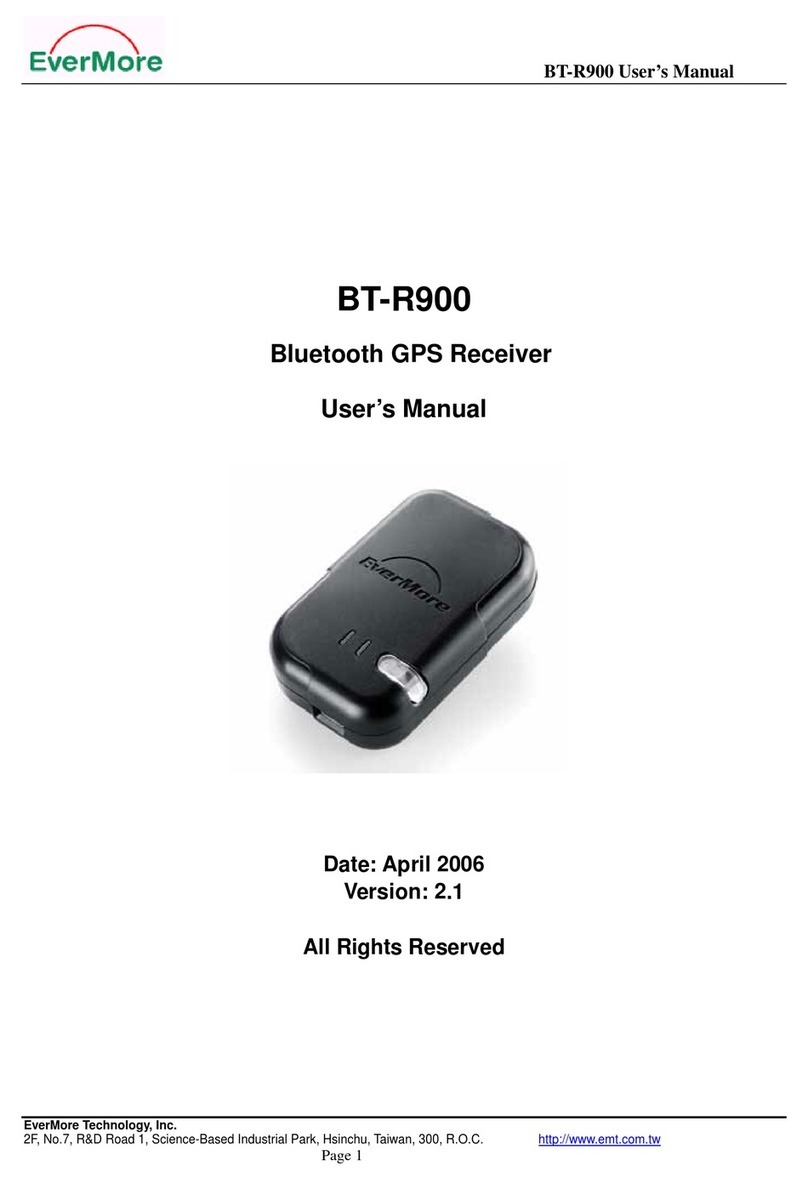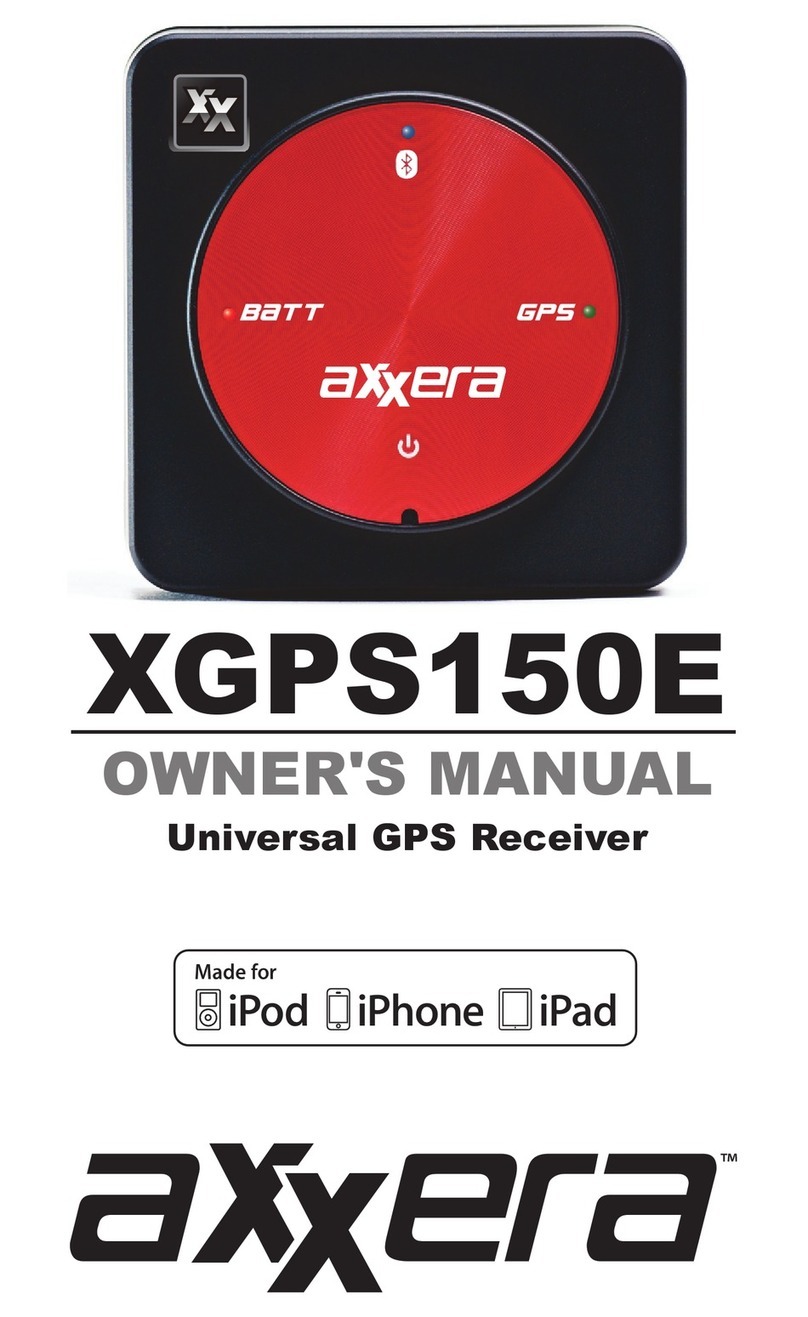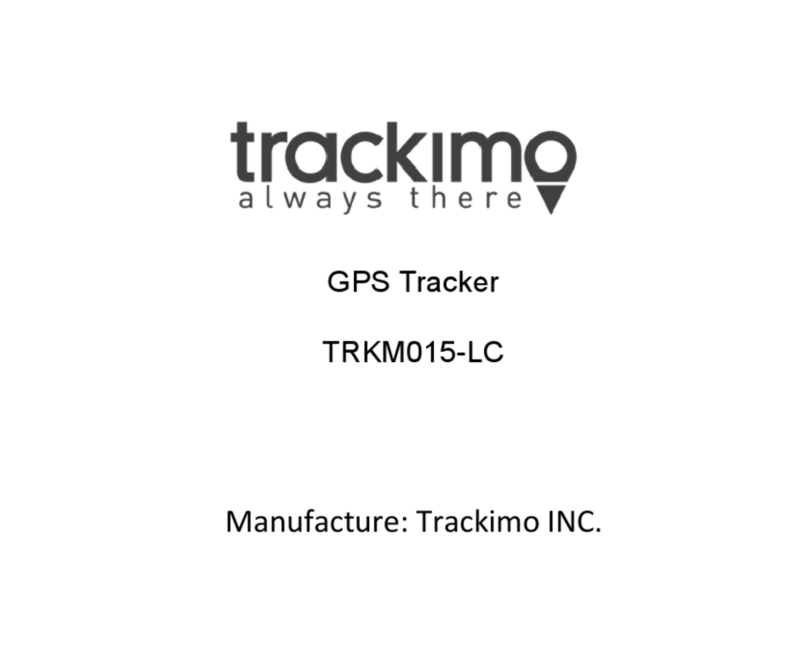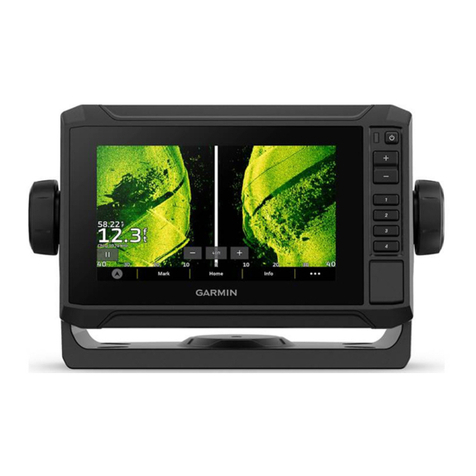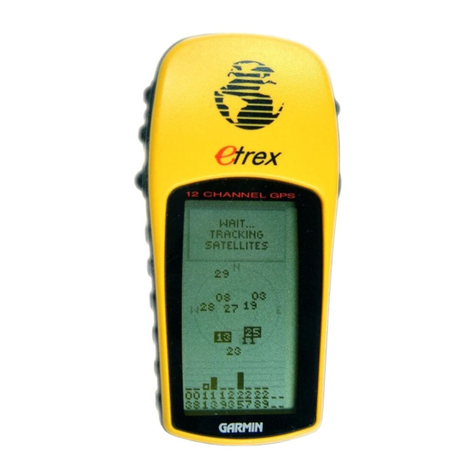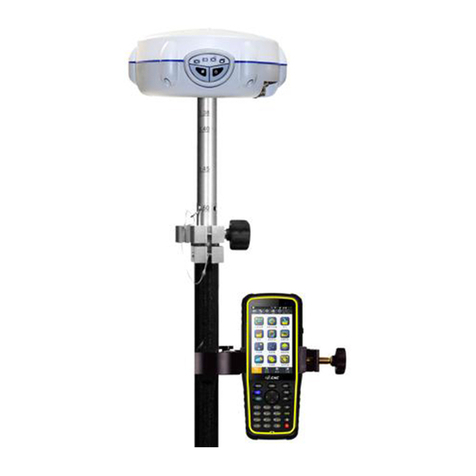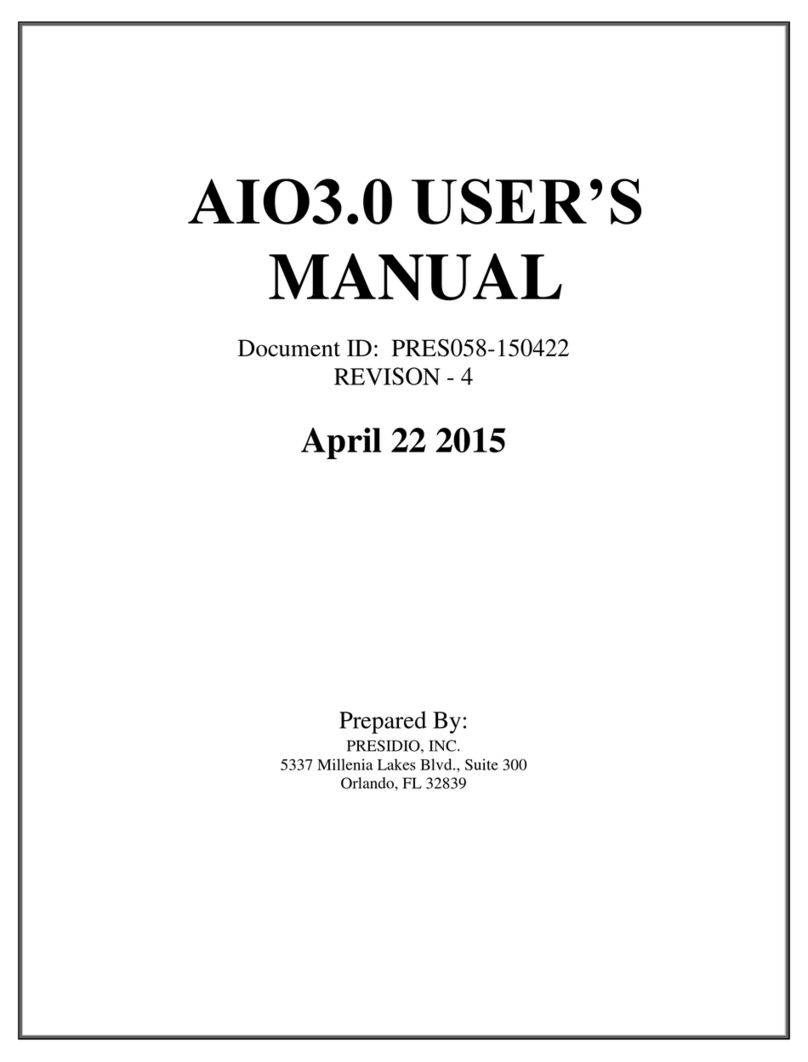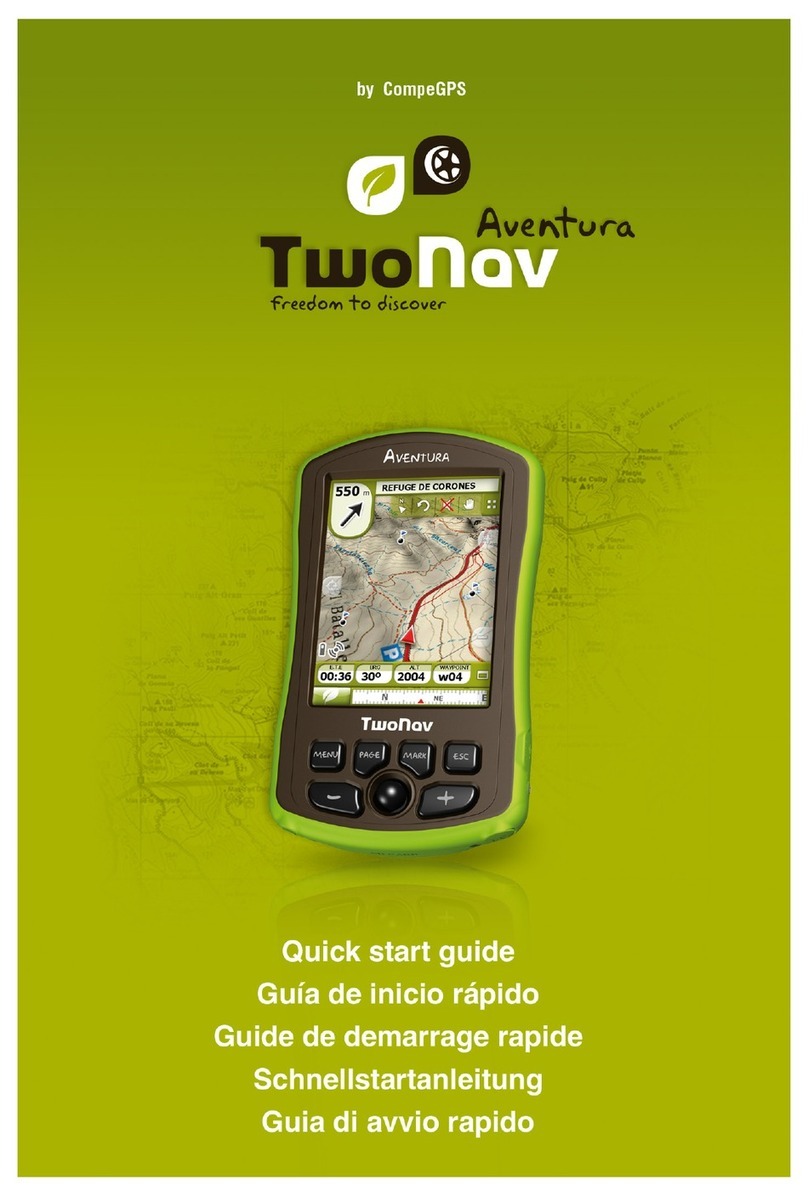GreenValley LiGrip H120 User manual

LiGrip H120
User Manual (Ver A.03).

Manual revisions
Revision date
Revisions
illustrate
September 1, 2022
1
LiGrip H120 User Manual V3.0
September 30, 2022
2
Added content about the use of backpack kits
July 4, 2023
3
LiGrip H120 User Manual (Ver A.03)

Preface
Manual Use
This user manual describes the operation process of H120 from assembly, acquisition,
solution, multi-engineering splicing and so on.
Scope of Application
This use applies to H120 products.
Security Technology Tips
Note: Please read carefully the places that need to be paid attention to
when you operate.
Warning: If you do not follow the requirements, it may cause device
damage, data loss, incorrect data, system crash, etc., please read it
carefully.
Liability Waiver
Before operating the equipment, you must carefully read this manual, which will help
you to use this product better. The company shall not be liable for the damage caused
by your misoperation of this product due to failure to operate this product in
accordance with the requirements of the operating manual, or failure to correctly
understand the requirements of the instruction manual. The company is committed to
continuously improving product functions and performance, improving service
quality, and reserves the right to change the contents of the instruction manual without
prior notice.
We have checked the consistency of the content stated in the printed matter with the
hardware and software, and then do not rule out the possibility of deviation, the
pictures in the instruction manual are for reference only, if there is any discrepancy
with the actual product, please refer to the actual product.
The settings of the camera are preset by us and must not be changed by ourselves,
otherwise there may be no video files, color attachment disorder, no color attachment,
etc.

Your suggestions
If you have any suggestions and comments on this manual, please contact us, your
feedback information will greatly improve the quality of our manual.

Contents
01 H120 Overview .........................................................................................................1
1.1 Product introduction ........................................................................................ 2
1.2 SLAM overview .............................................................................................. 3
1.3 Applicable environment ...................................................................................4
02 H120 Product Composition and Assembly ...............................................................6
2.1 Product composition ........................................................................................ 7
2.2 Equipment assembly ........................................................................................ 8
2.2.1 H120 assembly ......................................................................................8
2.2.2 Backpack kit assembly ........................................................................10
03 Path Planning, Zoning, Control Point Planning ......................................................14
3.1 Closed loop .................................................................................................... 15
3.2 Outdoor scene path planning ......................................................................... 16
3.3 Indoor scene path planning ............................................................................ 17
3.4 Path planning for strip scenes ........................................................................ 17
3.5 Path planning of mine caves .......................................................................... 18
3.6 Path planning for forestry .............................................................................. 18
3.7 Area division ..................................................................................................18
3.8 Control Point Planning ...................................................................................19
04 Base Station Erection ..............................................................................................21
4.1 Setting up PPK Base Stations ........................................................................ 22
4.1.1 Base station assembly ......................................................................... 22
4.1.2 Base station setup ................................................................................22
4.1.3 Measuring height of the instrument .................................................... 23
4.1.4 Static recording ................................................................................... 23
4.1.5 Data transfer ........................................................................................24
4.2 Setting up a Virtual Base Station (Applicable in China) ............................... 24
05 Data Collection ....................................................................................................... 26
5.1 Button-based .................................................................................................. 27
5.1.1 Initialization ........................................................................................ 27
5.1.2 Inertial Alignment (Backpack Kit). .................................................... 30
5.1.3 Data Collection ................................................................................... 31
5.1.4 Collecting Control Points ....................................................................31

5.1.5 Stop Collection ................................................................................... 32
5.1.6 Power down the device ....................................................................... 33
5.2 App-based ...................................................................................................... 33
5.2.1 Register, login and bind to the device .................................................34
5.2.2 Control acquisition ..............................................................................35
5.2.3 Ground control points collection ........................................................ 35
5.2.4 Stop Collection ................................................................................... 36
5.2.5 Power down the device ....................................................................... 37
5.3 Data Collection Precautions ...........................................................................37
5.3.1 Precautions for outdoor scene collection ............................................ 37
5.3.2 Precautions for indoor space collection .............................................. 38
5.3.3 Precautions for data collection in cave/tunnel scenes .........................38
5.3.4 Carrying kit collection considerations ................................................ 38
06 Data Copy ............................................................................................................... 39
6.1 Cable based lidar data copy ........................................................................... 40
6.2 APP-based copy of lidar data .........................................................................41
6.3 Copy of camera files ...................................................................................... 41
6.4 Base station file copy ..................................................................................... 42
07 Data Processing .......................................................................................................43
7.1 Data preparation .............................................................................................44
7.2 LiFuser-BP New Project ................................................................................44
7.2.1 Importing Original Data ......................................................................44
7.2.2 GNSS Configuration (for backpack kits, vehicle-mounted kits, and
airborne kits only) ........................................................................................45
7.2.3 Configuring Target Coordinate System ..............................................50
7.2.4 Configuring the Name and Project Path to Save Files ........................51
7.3 Running SLAM Program ...............................................................................51
7.4 GCP Adjustment ............................................................................................ 53
7.4.1 Data Preparation ................................................................................. 53
7.4.2 SLAM processing -> GCP ..................................................................54
7.4.3 Loading the GCP Coordinate File (geotag.txt) ................................... 54
7.4.4 Importing the Coordinates of Control Points ......................................56
7.4.5 App GCP Transform ...........................................................................58
7.5 Data Quality Judgment .................................................................................. 60

7.5.1 Viewing the Report .............................................................................60
7.5.2 Checking Closed Loop ........................................................................61
7.5.3 Loading Checkpoints .......................................................................... 62
08 Multi-Project Splicing .............................................................................................64
8.1 New splicing project ...................................................................................... 65
8.2 Establishing connections ................................................................................66
8.2.1 Establishing connections with absolute coordinates ...........................66
8.2.2 Relative coordinates establish a connection relationship ................... 68
8.3 Point cloud stitching ...................................................................................... 70
8.4 Quality assessment .........................................................................................72
8.5 Re-Output .......................................................................................................73

LiGrip H120 User Manual
1
CHAPTER
1
01 H120 Overview
This section describes:
Product introduction
SLAM overview
Applicable environment

LiGrip H120 User Manual
2
1.1 Product introduction
The latest handheld laser 3D scanner that uses SLAM algorithms to work even where
there is no GNSS signal, GreenValley International’s LiGrip H120. It can be widely
used in topographic surveying and mapping, forestry survey, indoor and outdoor
integrated surveying, earthwork surveying, façade surveying and mapping and other
fields.
The H120 backpack kit supports GNSS signal access and can directly acquire point
cloud data with absolute coordinate data.
The schematic diagram of the H120 equipment is as follows, the main equipment is
the equipment host, equipment battery box, B58 battery, camera, and related
accessories.
Figure 1-1 Handheld device host diagram Figure 1-2 Handheld battery box
Battery compartment power on button
B58 battery
Figure 1-3 Self-developed battery
Black button: Power on and off button
Red button: End recording key
Figure 1-4 Insta 360 camera

LiGrip H120 User Manual
3
Figure 1-5 Backpack kit
1.2 SLAM overview
SLAM, Simultaneous Localization and Mapping, instant localization and map
building. Starting from an unknown location in an unknown environment, locate its
own position, attitude, and movement trajectory through sensor observation, and build
a map according to its own location. Locate itself based on location estimation and
maps during movement, that is, real-time positioning complements map construction.
Simple understanding: multi-frame point cloud data is collected during the moving
process, and the SLAM algorithm analyzes and identifies the point cloud data frame
by frame. The last two frames swept object A at the same time, and the point cloud
data of object A in the two frames was analyzed to determine that it was the same
object A, and the data of the two frames before and after were stitched accordingly.
The entire map construction is formed by flattening frame by frame.
Therefore, when the SLAM algorithm has poor recognition ability, it determines that
the A object in the previous frame and the B object in the back frame are the same
object, and they are stitched together, and the stitched image is divorced from the
real situation.
This also requires sufficient feature points in the environment. In an empty
playground, where two frames cannot be stitched together, they can only be stacked
here, the point cloud image becomes thicker, the three-dimensional image is not clear,
and the quality decreases.
According to this principle, the SLAM algorithm will accumulate errors as the
number of point cloud frames increases, and the errors will become larger and larger.

LiGrip H120 User Manual
4
We recommend: if you need to attach color you need to stop the project within 15
minutes, without a camera you need to stop the project within 30 minutes, then
Reopen a project to avoid problems caused by the accumulation of errors.
1.3 Applicable environment
Operating temperature: -10°-40°
Waterproof and dustproof level: IP54
Applicable environment: Since SLAM depends on features, it is suitable for areas
where features are more obvious. Unadapted to the scene where the characteristics are
not obvious, empty, with a large traffic flow, shaking leaves and flowers.
Scenarios that do not apply
numbering
description
Scene picture
remark
1
Figures with
inconspicuous
features
For example:
smooth
tunnels
2
Empty place
For example:
open flat
land, roads
3
Heavy
traffic of
vehicles
and people
National
highways,
bustling
commercial
streets with a
large flow of
people,
intersections

LiGrip H120 User Manual
5
4
Swaying
leaves and
flowers
Windy parks,
wooded areas

LiGrip H120 User Manual
6
CHAPTER
2
02 H120 Product Composition and
Assembly
Product composition
Product assembly

LiGrip H120 User Manual
7
2.1 Product composition
1
2
3
4
5
6
7
8
9
10
11
1. Handheld device host*1
Used for lidar, IMU, video files, GNSS data.
2. Handheld device battery case*1
It is used to store LiDAR, IMU, GNSS data, and send control instructions.
3. Back Strap*1
Easy to carry the battery compartment.
4. Main unit power cord*1
It is used to supply power to the host and transmit data during acquisition.
5. Data transmission cable*1
Used to copy the acquired raw LiDAR, IMU, GNSS data.

LiGrip H120 User Manual
8
6. B58 battery*1
Used to power the entire device.
7. Laser scanner protective cover*1
Used to protect LiDAR equipment.
8. Battery charger*1
To charge the battery.
9. USB flash drive*1
The transferred data used for copying.
10.Shipping box*1
For storage and transportation of equipment.
11.Backpack kit (optional)
Backpack kit with GNSS device.
2.2 Equipment assembly
2.2.1 H120 assembly
Figure 2-1 Inserting the battery
The power button is facing the direction of the power hole.

LiGrip H120 User Manual
9
Figure 2-2 The host power cable is connected to the handheld device console and the battery
compartment (MAIN port)
One section of the host power cable is connected to the handheld end, and one end is
connected to the MAIN port of the battery box. Pay attention to the insertion of red dots to
red dots, and there is a clicking sound when the insertion is successful.
Figure 2-3 Attach the strap and remove the protective cover
When removing the protective cover, please pay attention to hold the host device
steady.

LiGrip H120 User Manual
10
Figure 2-4 Assembly is complete
2.2.2 Backpack kit assembly
(1) Backpack kit composition
Figure 2-5 Backpack kit composition
(2)Assembly of backpack kits
GNSS antenna
The top screw is used to
secure the handheld end
The bottom screw is used to
secure the battery compartment

LiGrip H120 User Manual
11
Figure 2-6 Align the battery compartment with the bottom screw and tighten
Figure 2-7: Disassembling the dot base

LiGrip H120 User Manual
12
Figure 2-8 Fully withdraw the telescopic rod and tighten it
The telescopic rod must be fully withdrawn, if it is not fully withdrawn, then the
measurement is inaccurate.
Figure 2-9 Hold the bottom to the top insert and tighten the screws

LiGrip H120 User Manual
13
Figure 2-10 The GNSS cable is inserted into the GNSS port of the battery compartment
Figure 2-11 Connect the power cable (MAIN port).
When installing a backpack kit, it is best to have two people install it together to
ensure the safety of the device.
At this point, the backpack kit is assembled.
Table of contents
Popular GPS manuals by other brands

Nortek
Nortek Track Bro Installation and user guide
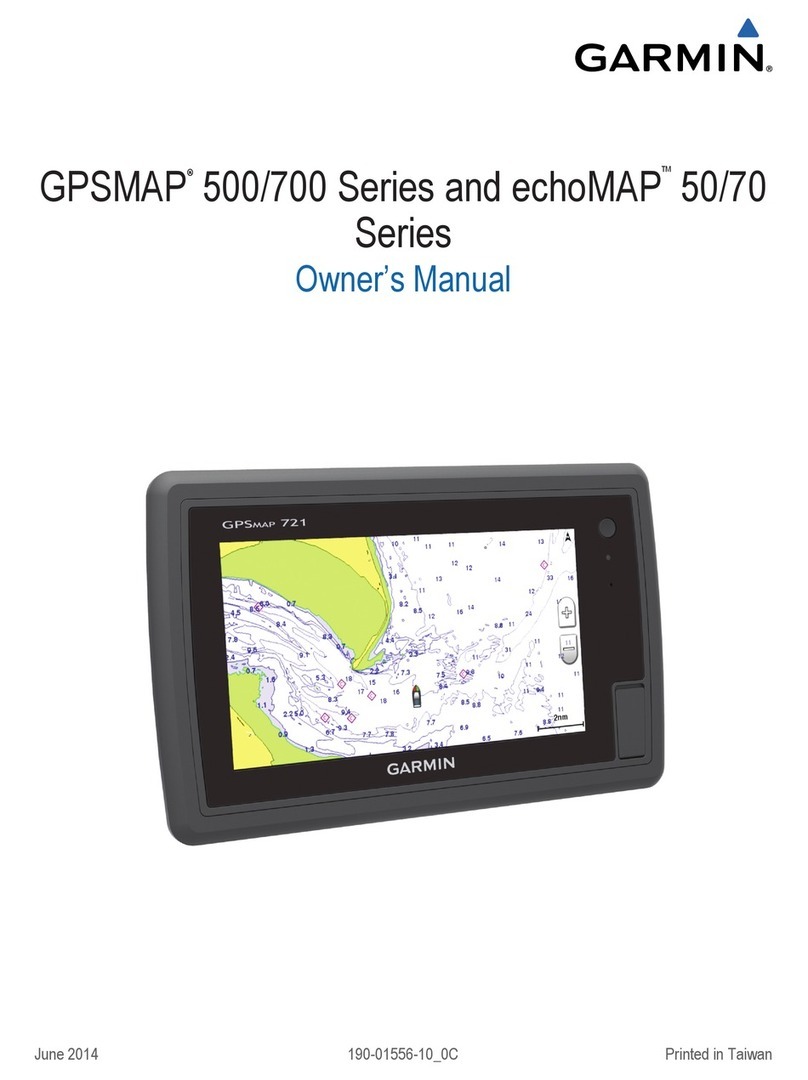
Garmin
Garmin nuvi 500-Series owner's manual
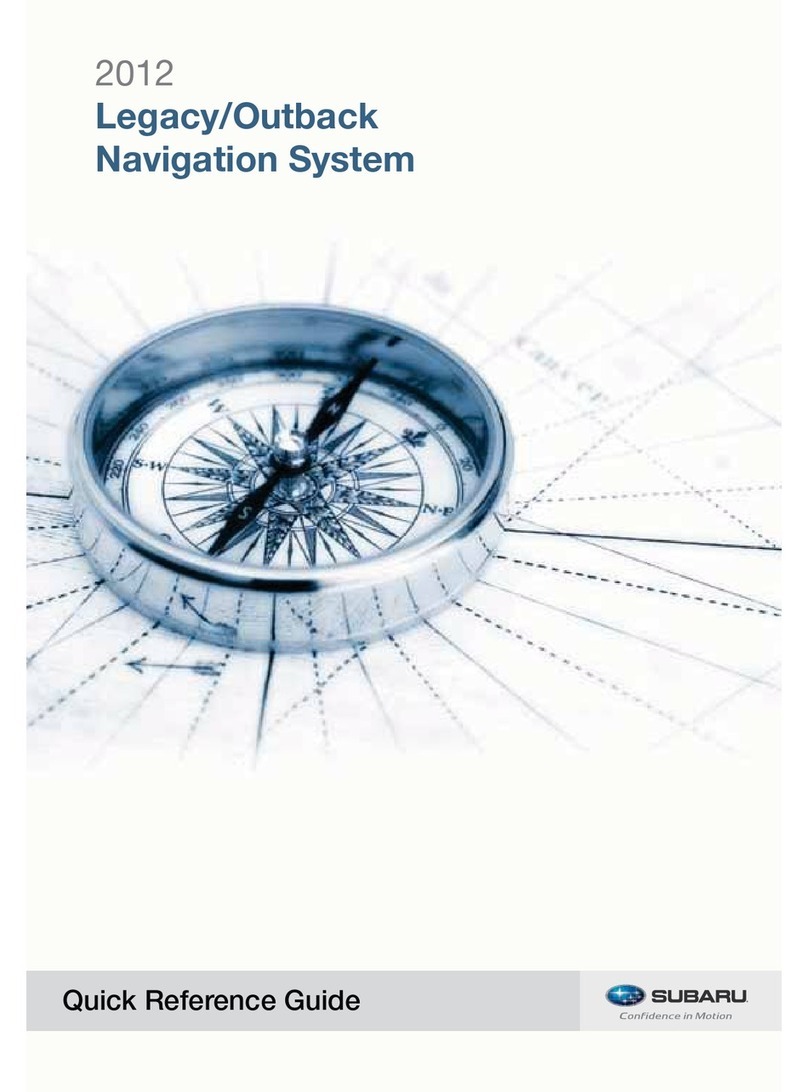
Subaru
Subaru Legacy/Outback Quick reference guide
ARUSNAVI ELECTRONICS
ARUSNAVI ELECTRONICS ARNAVI BEACON user manual
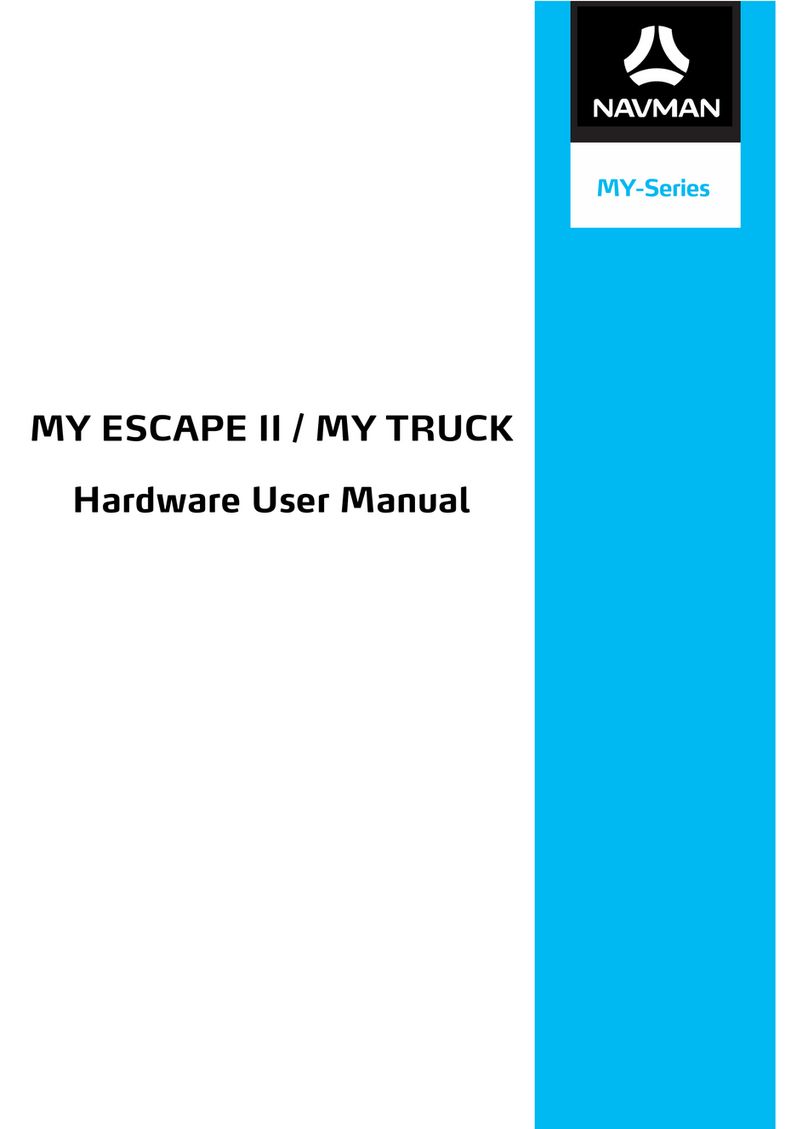
Navman
Navman MY ESCAPE II/MY TRUCK user manual
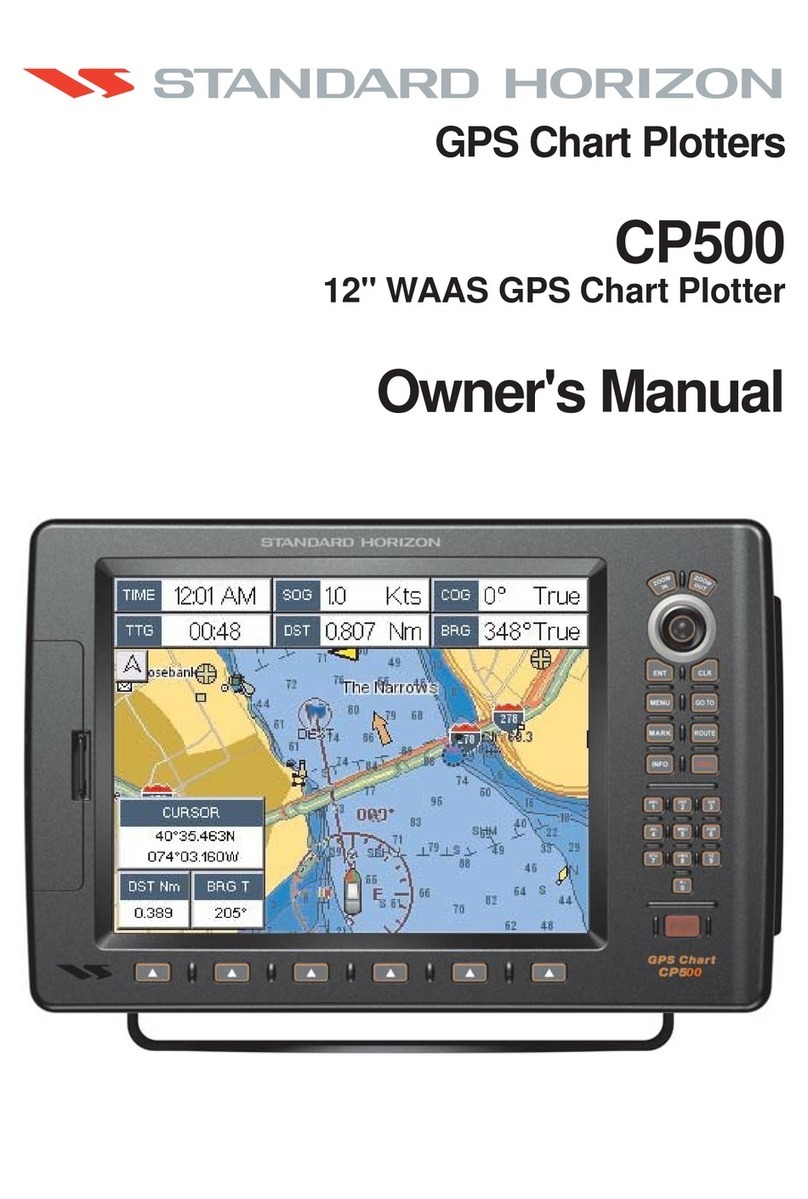
Standart Horizont
Standart Horizont CP500 owner's manual

